Turkey
Things to DO
Adana
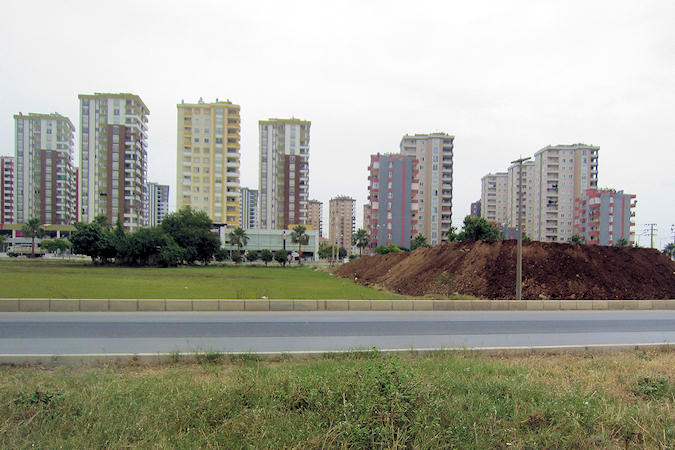 |
|||||
Turkey's fourth-largest city is more or less cut in two by the D400 highway.
It's a thoroughly modern affair with some decent sights, pretty good cafes and bars, and good
transportation links.
North of the city's main road, Turan Cemal Beriker Bulvarı running west to east and over
Kennedy Köprüsü (Kennedy Bridge), are leafy and well-heeled districts.
South of the trendy high-rise apartments and sidewalk bars and cafes, the mood deepens, and housing starts
to sprawl. The Seyhan River delimits the city centre to the east.
Adana was of relatively minor importance during the Roman's influential period. After the permanent
split of the Roman Empire in 395 AD, the area became a part of the Byzantine Empire, and
with the construction of large bridges, roads, government buildings, irrigation and plantation, Adana
became the most developed and important trade centers of the region.
Taşucu
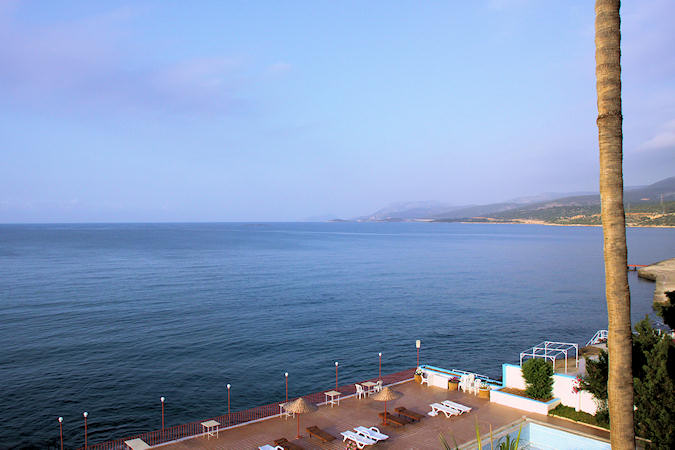 |
|||||
Taşucu is a low-key resort with a decent city beach. ferries and hydrofoils for both walk-on
passengers and cars travel to/from Girne in Northern Cyprus.
The beach is fronted by Sahil Caddesi, with stretches east from the ferry pier and has several
good pensions.
Around the harbour, excursion boats depart for day trips along the coastline and to nearby islands
Göksü Delta
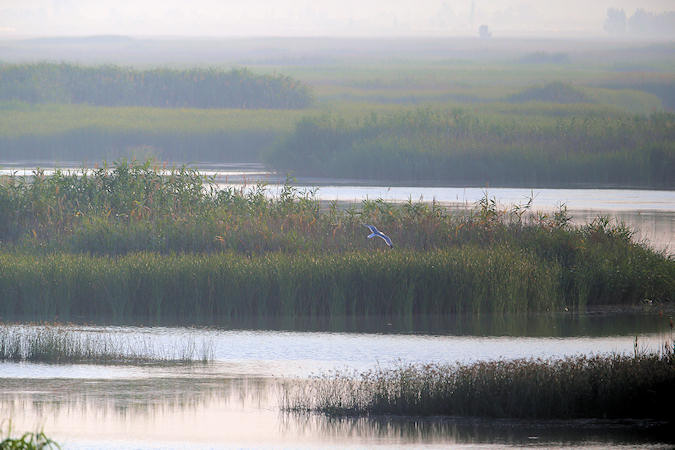 |
|||||
Just south-east of Taşucu are the lush salt marshes, lakes and sand dunes of the Göksü Delta
The site supports Sands and saline steppe, reedbeds, marshes, swamps, meadows and, in the surrounding area,
agricultural fields.
Up to 327 bird species occur in the delta.
The best place to start an exploration of the area is Akgöl, the westerly lagoon, where Cormorants,
Dalmatian Pelicans, Marbled and White-headed Ducks and where the opportunities are the best for Black
Francolin and Purple Gallinule.
Göksü Delta bears a remarable importance for reptiles as well supports 34 amphibian and reptile species.
The fine sand dune area is one of the most important nesting areas of the endangered Loggerhead (Caretta
caretta) and Green Turtle (Chelonia mydas) through the Mediterranean coast.
The area is also a very good spot for finding butterflies and dragonflies.
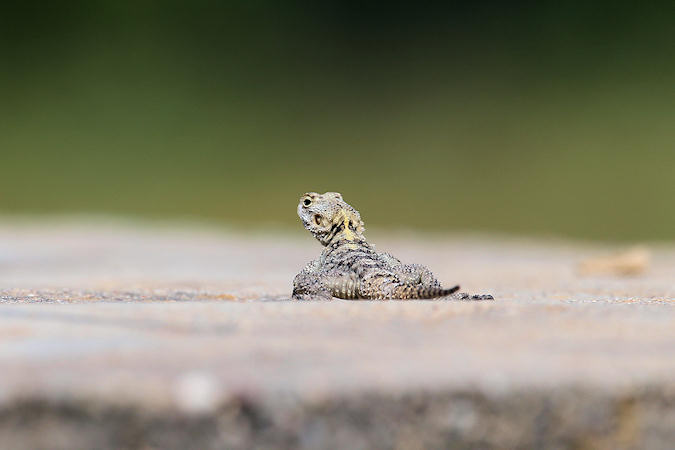 |
|||||
The delta supports a rich array of plants thanks to the existence of habitats in varying ecological
characteristics. At two meters of altitude from sea level, natural plant cover in Göksü Delta consists of
Mediterranean maquis formations and intensive sand dune plants as well as halophyte steppes.
Agriculture, livestock production and some tourism activities are carried out in the region.
Agricultural activities make up the remarkable part of the land use. In the areas of both dry and
irrigated farming, olive groves and graperies lie between the coastal areas and heights.
The Environmental Protection Department of the Ministry of Environment has declared the Goksu delta as
a Special Environmental Protection Zone to protect the area against pollution and exploitation, and to
ensure that natural resources and cultural assets have a future.
Uzuncaburç
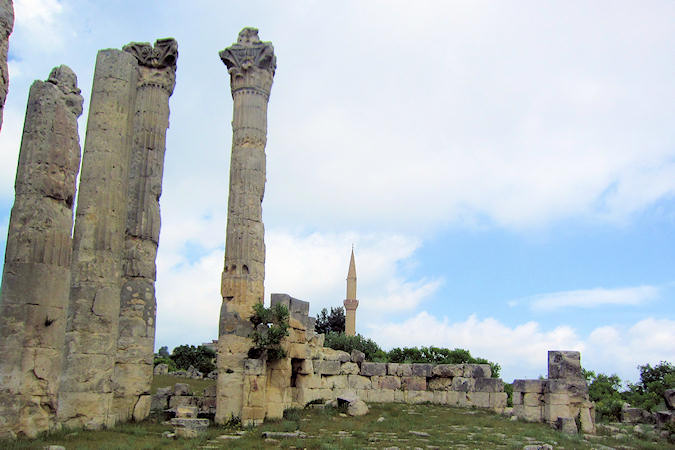 |
|||||
Uzuncaburç ("Tall-ish Tower"), 32 km north of Taşucu, is the ancient city of Diocaesarea-Olba,
famous for its great Temple of Zeus Olbius.
Most of these date to the second century BC.
A dynasty of priests (the Teucrids) ruled West Cilicia from here, until emperor Vespian
integrated the area into the Roman province of Cilicia.
The main entrance to the city was through the three-arched gate rebuilt by Arcadius and
Honorius in the 4th century.
“Five beautiful columns, each cut from one piece of granite remain from the Temple of Psyche.
According to one inscription in the architrave, the temple was dedicated to the goddess in the 1st century B.C.
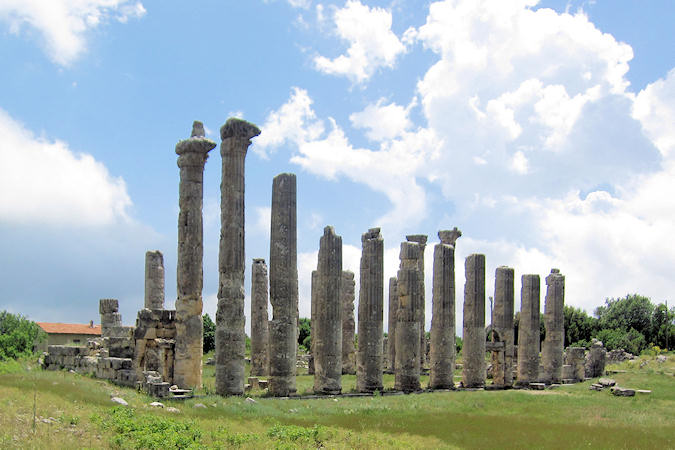 |
|||||
The most conspicuous remains are those of the Temple of Zeus Olbius.
The priests claimed that the temple was founded Ajax, the son of Teucer, the hero of the
Trojan War.
The temple was dedicated to Zeus, the Greek version of the native weather god, to whom the sanctuary
was no doubt originally dedicated.
The Theater, east of the city which is believed to have been built by Marcus Aurelius remains.
The cavea is dug into the hill; a considerable number of seats, a diazoma, and vomitorium are preserved.
Of course there is the eponymous tall Hellenistic Tower, a stolid squarish one over 22 meters high,
built for observation and defense.
You can enter it by a door on the south side, but there's little to see inside, and you cannot ascend.
Aladaglar National Park
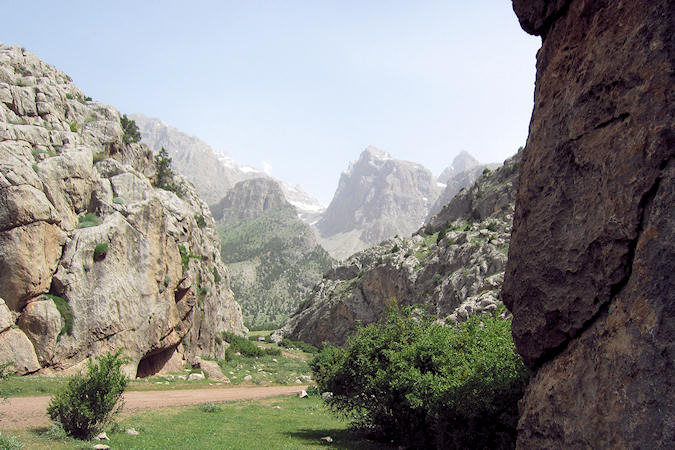 |
|||||
The Aladağlar National Park protects the rugged middle ranga of the Taurus Mountains.
It's famous throughout the country for ot's extraordinary trekking routes, which make their way through
craggy limestone ranges dotted with waterfalls.
It's best to trek between mid-June and late September; at other times weather conditions cabn be
particularly hazardous, especially since there are few villages along the way and little support others
than some mountaineers'huts.
Most popular walks start at the small villages of Çukurbag and Demirkazik, 40 km east of Niğde.
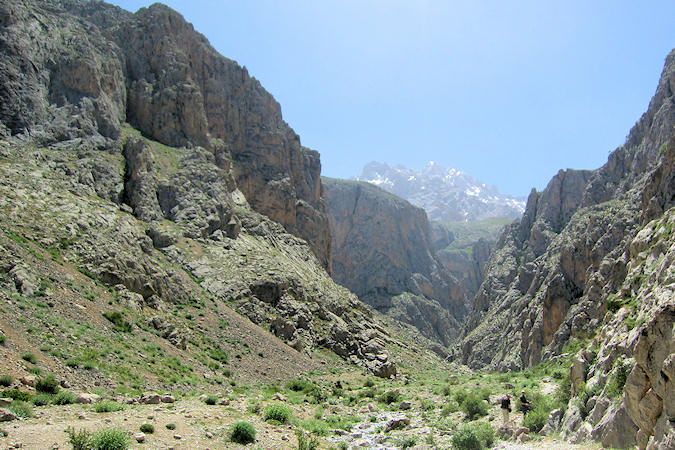 |
|||||
Inside this huge park of around 55,000 hectares, the summit of Demirkazik at 3.756m is the highest point
in the middle Taurus mountain range.
There is a huge range of flora, mainly forest vegetation, steppe vegetation, and rock vegetation.
Wildlife includes Wild Goats, Lynx and Ground Squirrel
Birds to see are the elusive Caspian Snowcock, Radde's and Alpine Accentors, Alpine and
Red-billed Choughs, Crimson-winged Finch and White-winged Snow Finch.